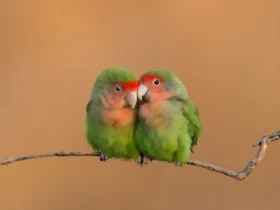High in the rugged mountainous regions of Europe and Asia, a unique and elusive bird finds its home – the Wallcreeper, scientifically known as Tichodroma muraria. With its remarkable ability to cling to vertical surfaces and its vibrant plumage, the Wallcreeper captivates birdwatchers and nature enthusiasts alike. In this article, we will explore the intriguing world of Tichodroma muraria, delving into its appearance, habitat, behavior, and the conservation efforts dedicated to preserving this extraordinary species.
Tichodroma muraria images
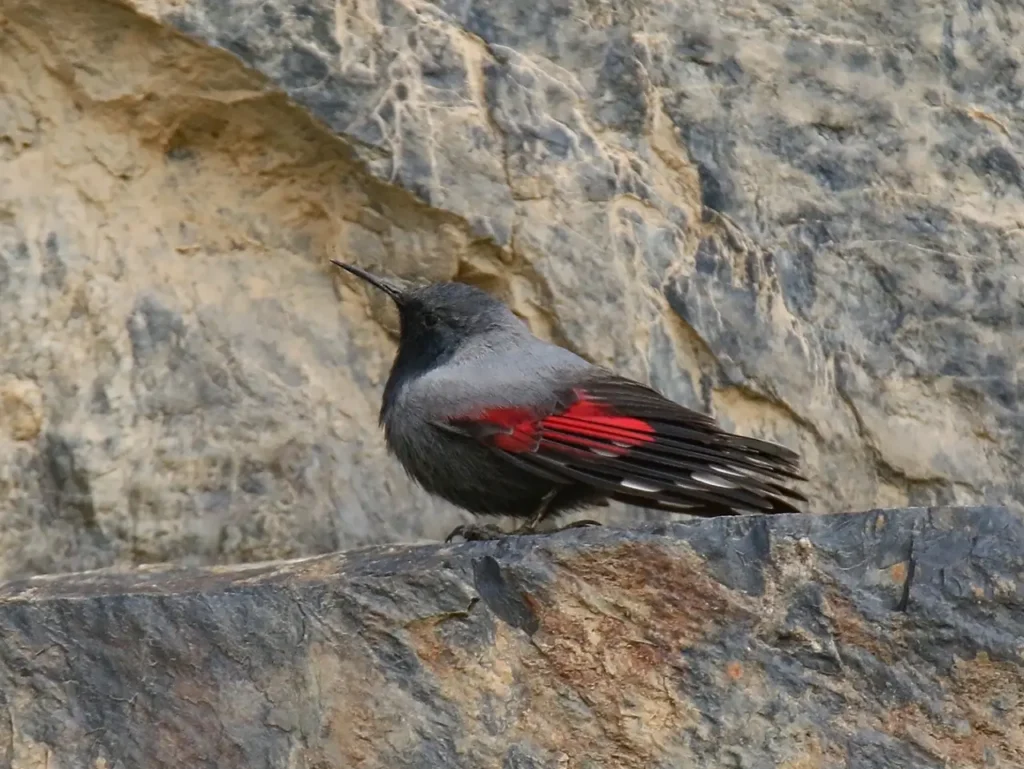
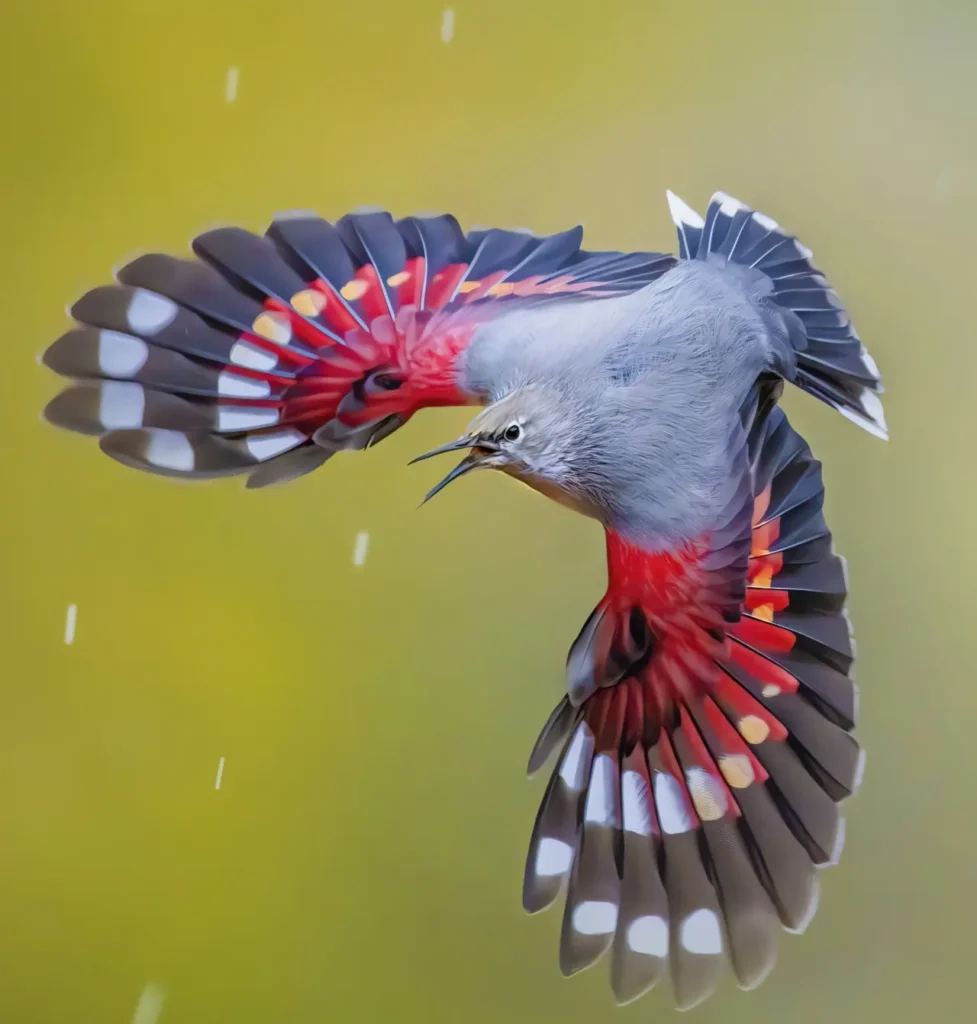
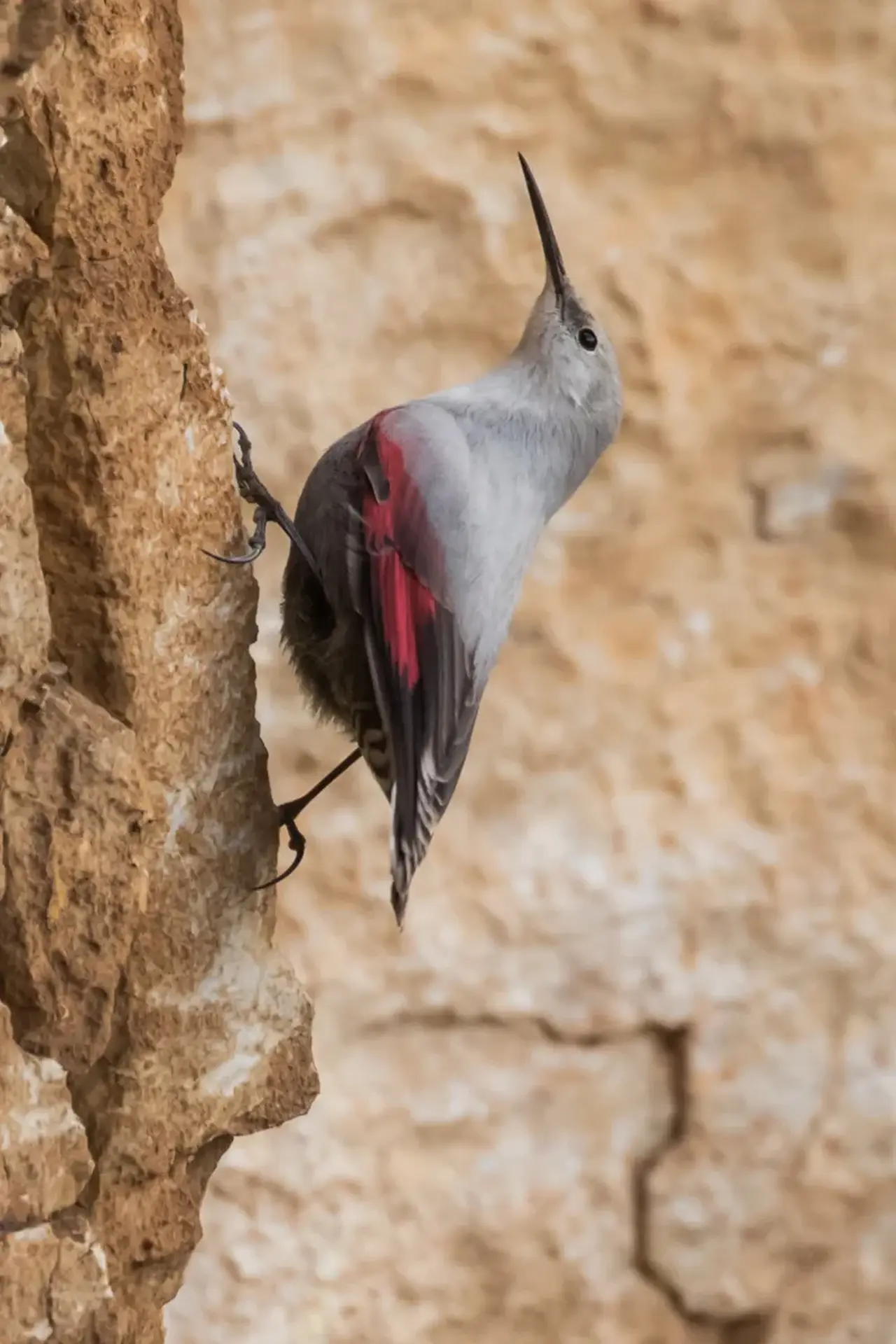
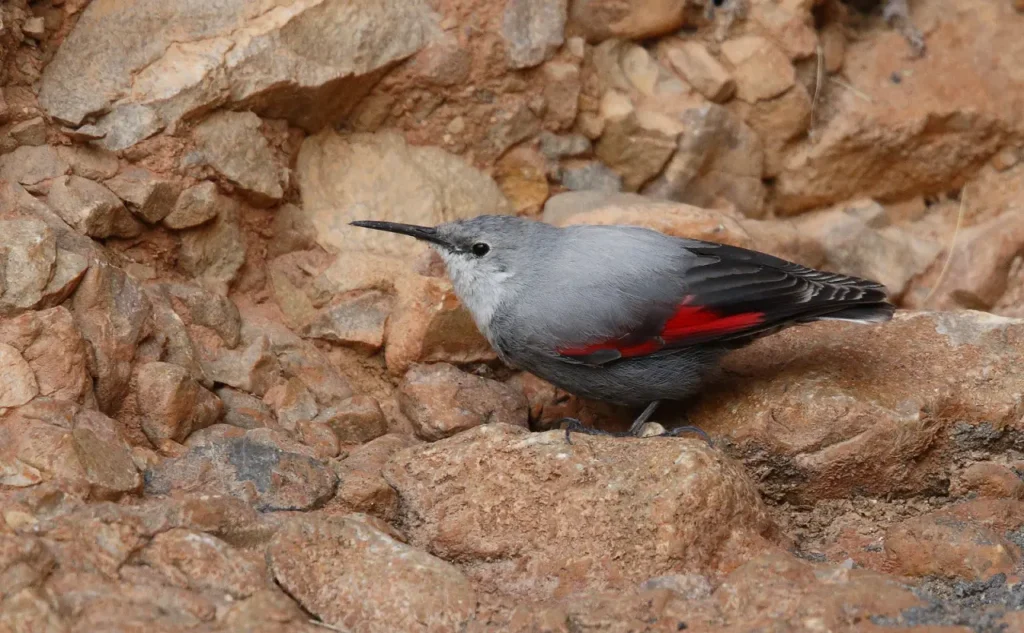
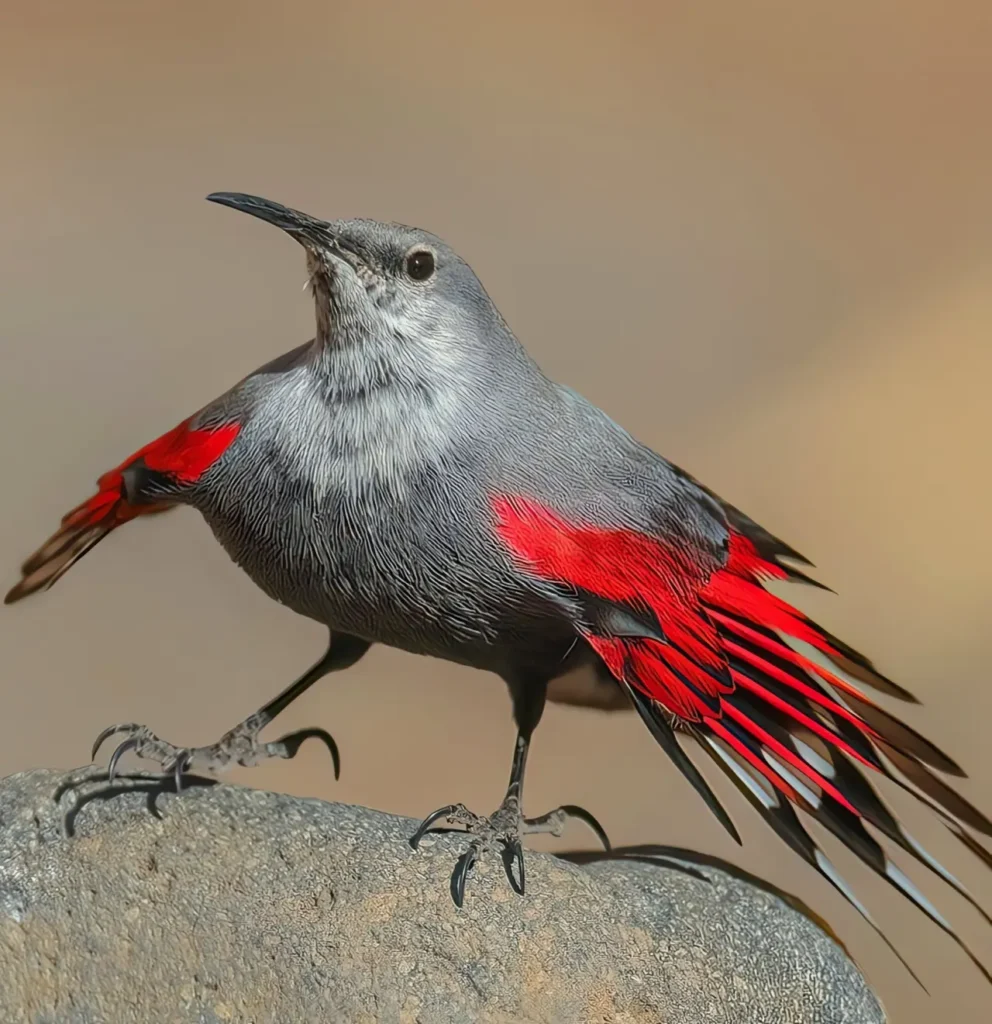
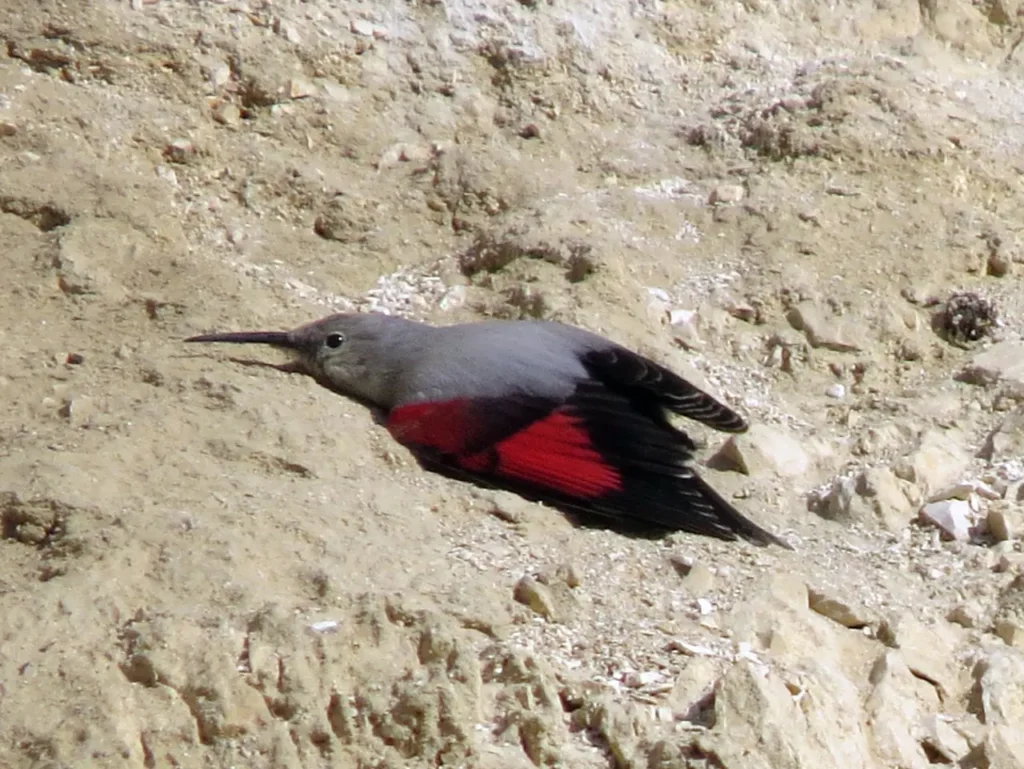
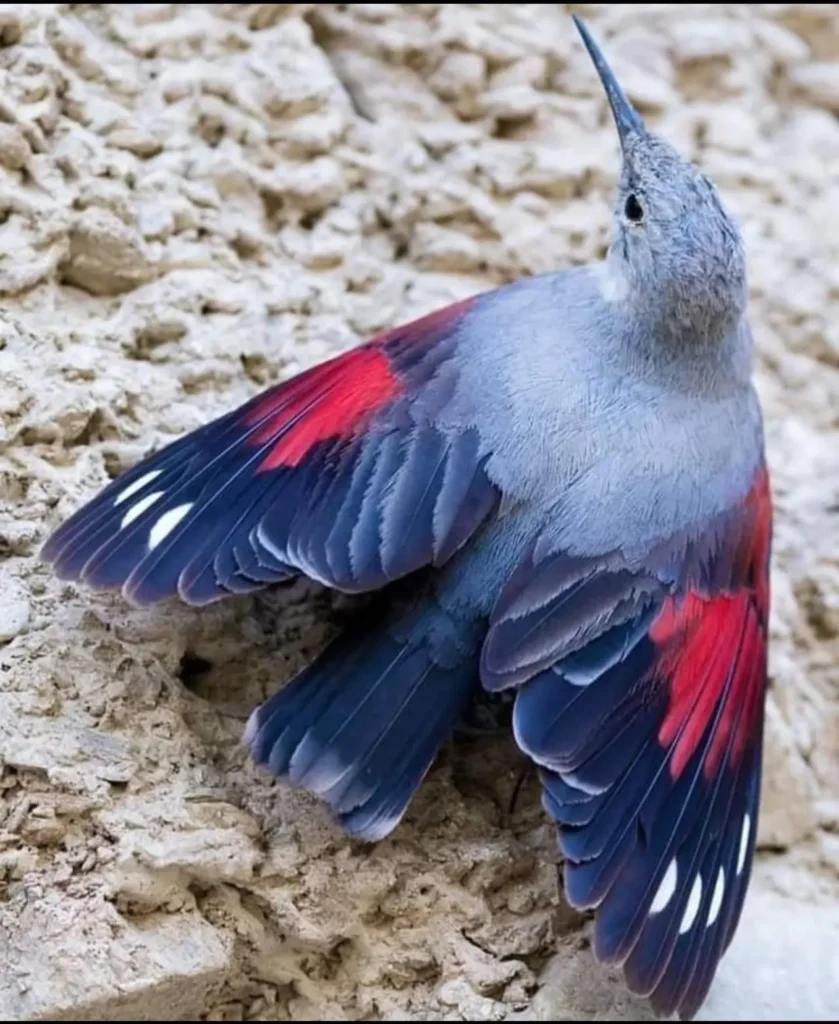
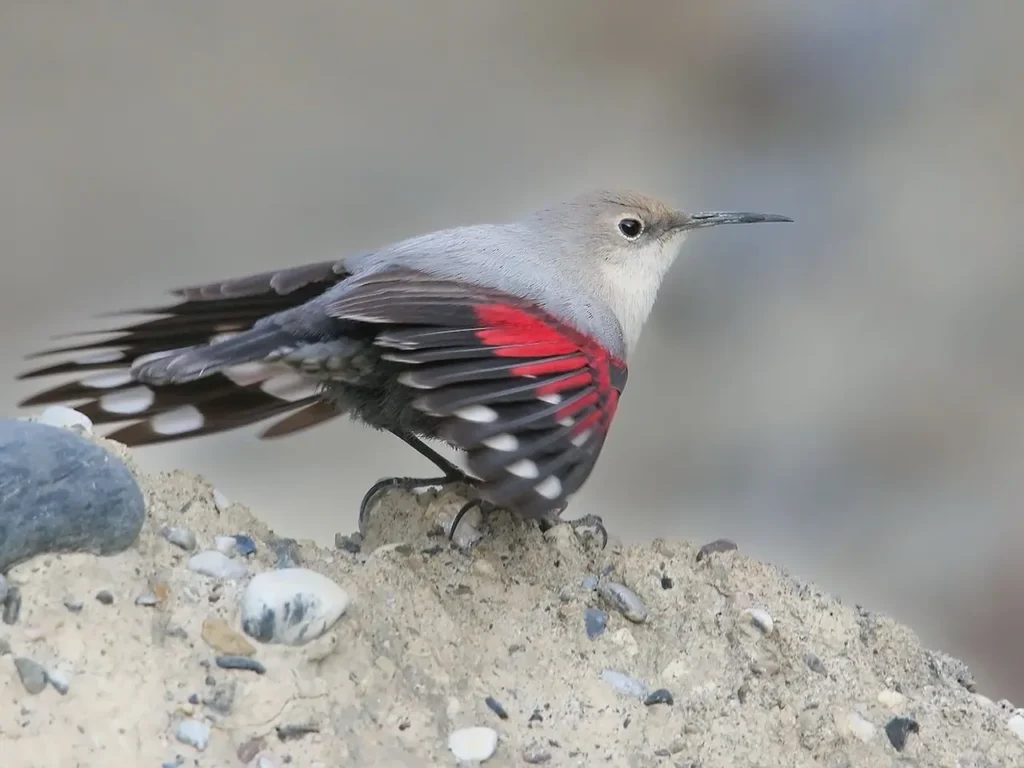
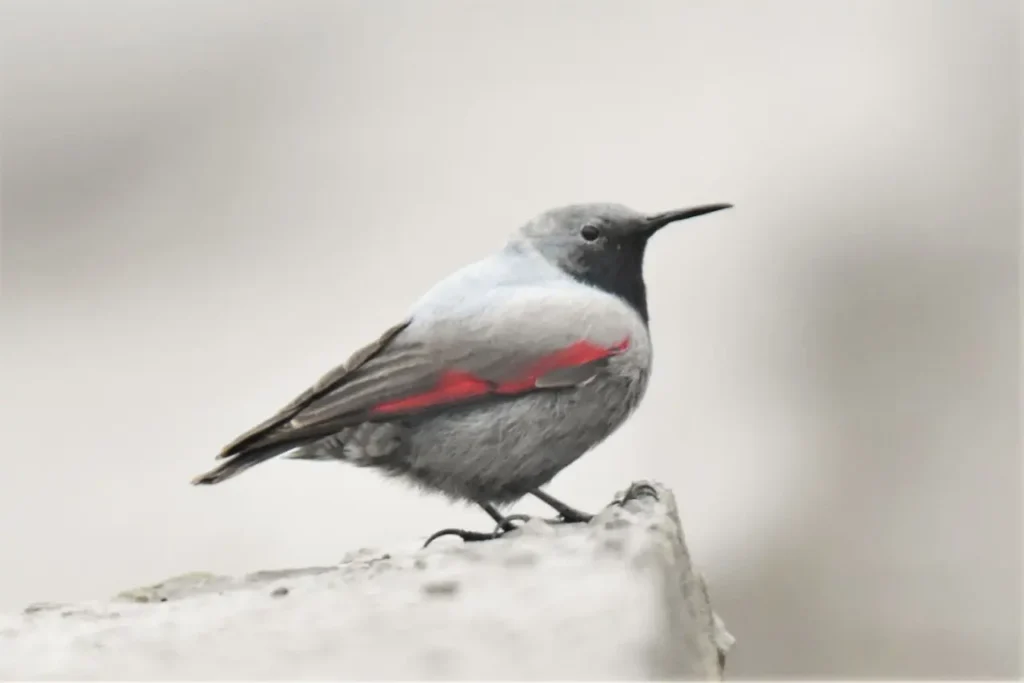
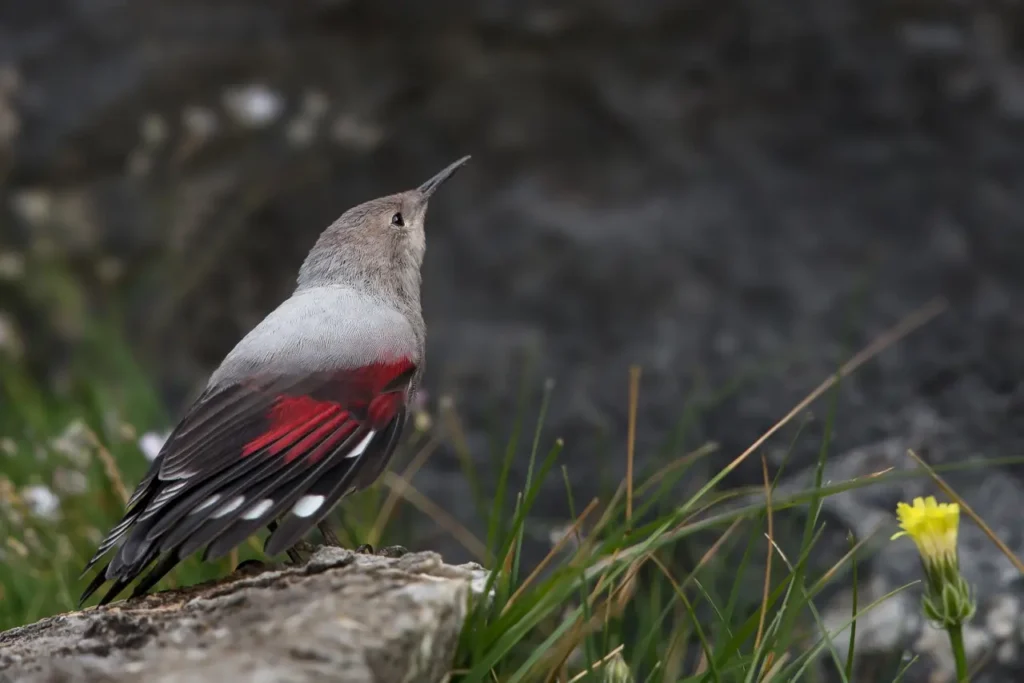
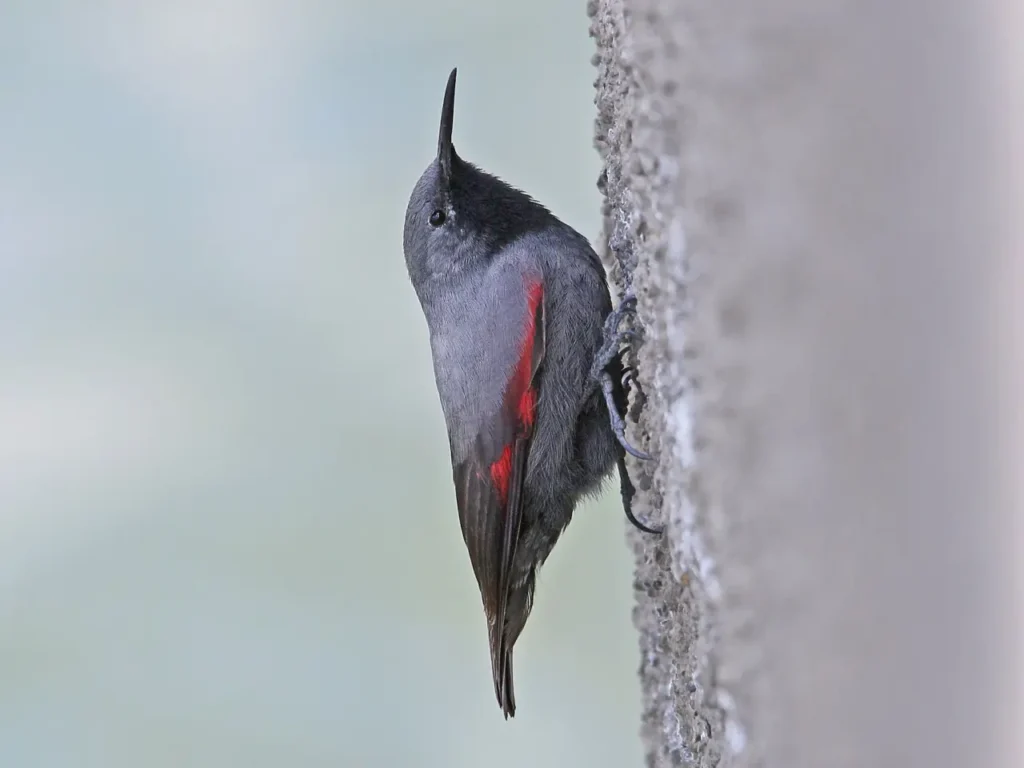
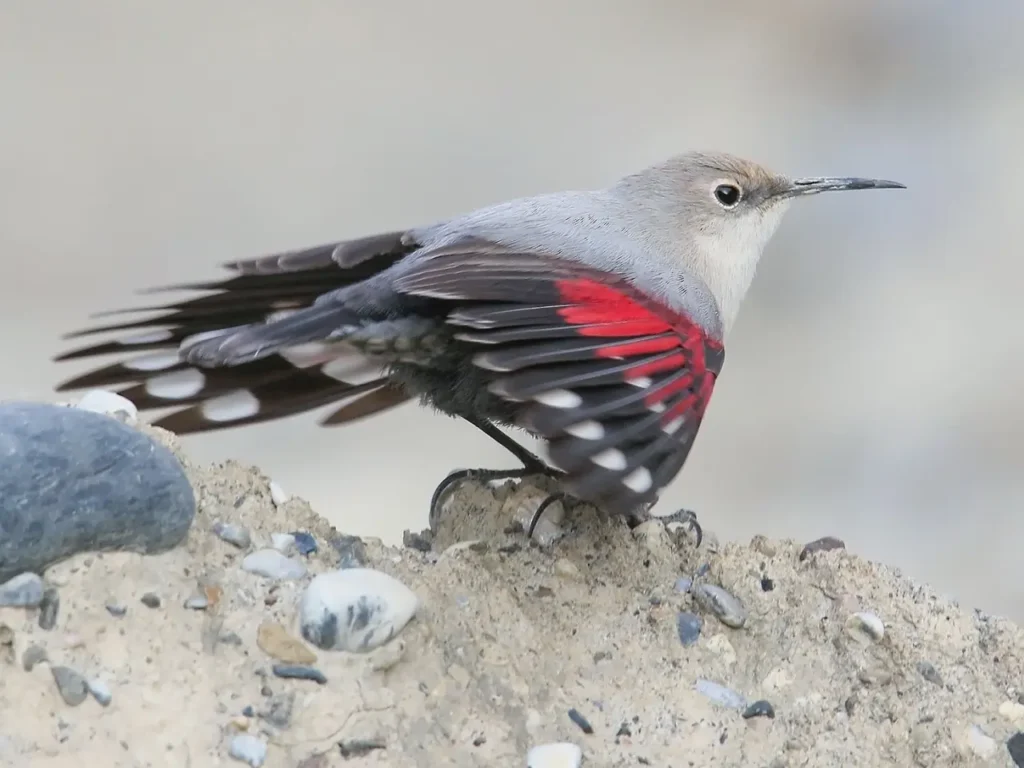
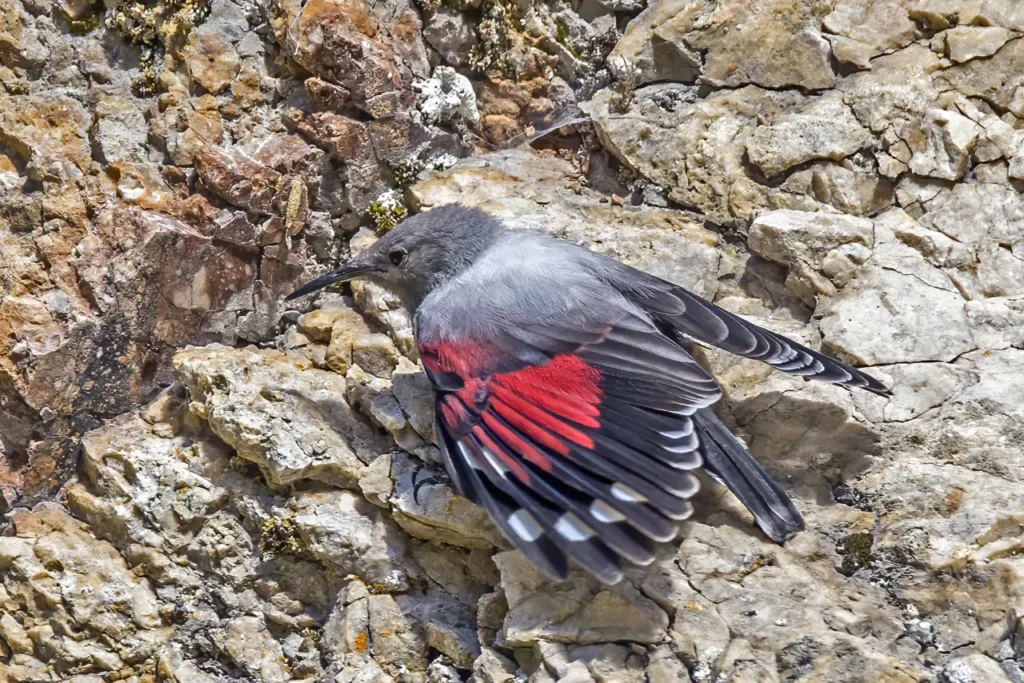
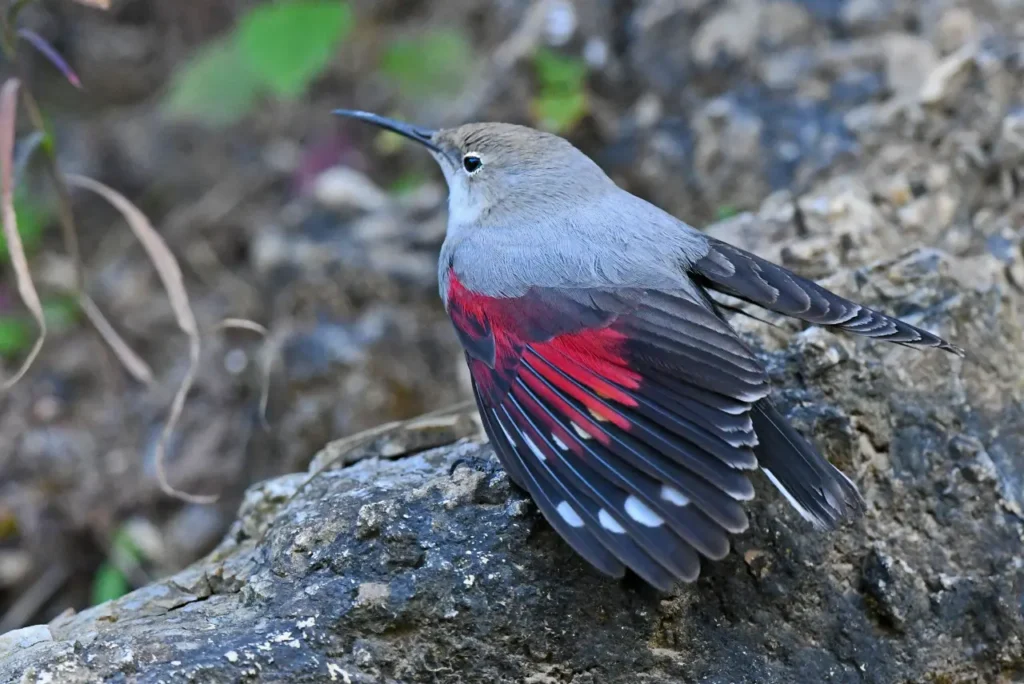
Appearance and Plumage
The Wallcreeper is a small passerine bird with a distinctive appearance. It measures about 15 centimeters (6 inches) in length, with a wingspan of approximately 30 centimeters (12 inches). The male and female Wallcreepers display similar plumage, characterized by a combination of gray, brown, and white feathers. Their wings are adorned with striking patches of bright red, which become vivid when the birds take flight. The Wallcreeper’s long, slender bill is perfectly adapted for probing crevices in search of insects, its primary source of sustenance.
Habitat and Distribution
Wallcreepers are typically found in high-altitude habitats, inhabiting rocky cliffs, mountainsides, and canyons. They prefer areas with sheer rock faces, where they can easily navigate vertical surfaces in search of food and nesting sites. The species is distributed across the mountainous regions of Europe, including the Alps, Pyrenees, Carpathians, and Balkans, as well as parts of Central Asia, including the Himalayas and Hindu Kush.
Behavior and Adaptations
Wallcreepers are well adapted to their unique lifestyle of clinging to vertical surfaces. Their specialized feet possess elongated toes and strong claws, enabling them to grip onto rough surfaces with exceptional precision. They use their bill to probe crevices and cracks, extracting insects and their larvae, such as beetles, spiders, and caterpillars. Their flight is agile and swift, allowing them to navigate the intricate contours of rock formations with remarkable dexterity.
Breeding and Conservation
Wallcreepers are monogamous and usually breed during the spring and early summer. They construct cup-shaped nests hidden in rock crevices or behind loose stones. Female Wallcreepers lay a small clutch of eggs, which they incubate for approximately two weeks. The young birds fledge after about three weeks and begin their independent lives.
Due to its specialized habitat requirements and limited distribution, the Wallcreeper faces several conservation challenges. Habitat loss, disturbance from human activities, and climate change pose threats to their populations. To protect the species, conservation efforts focus on habitat preservation, monitoring, and raising awareness about the Wallcreeper’s ecological importance.
The Wallcreeper’s Appeal
The Wallcreeper’s ability to cling to vertical surfaces and its distinctive plumage make it a highly sought-after bird among birdwatchers and photographers. Its elusive nature and preference for remote and rugged habitats add to the allure of spotting this captivating species. Encountering a Wallcreeper in the wild is a rare and cherished experience, drawing enthusiasts to embark on mountainous adventures in search of this elusive bird.
Tichodroma muraria, the Wallcreeper, stands as a testament to the wonders of avian adaptation and the diverse beauty found in nature’s most challenging habitats. Its ability to navigate vertical surfaces with grace and precision, coupled with its vibrant plumage, make it a true marvel of the avian world. By preserving the habitats of Wallcreepers and promoting conservation initiatives, we can ensure that future generations have the opportunity to witness the awe-inspiring presence of these unique birds, and continue to appreciate the extraordinary diversity of our natural world.
